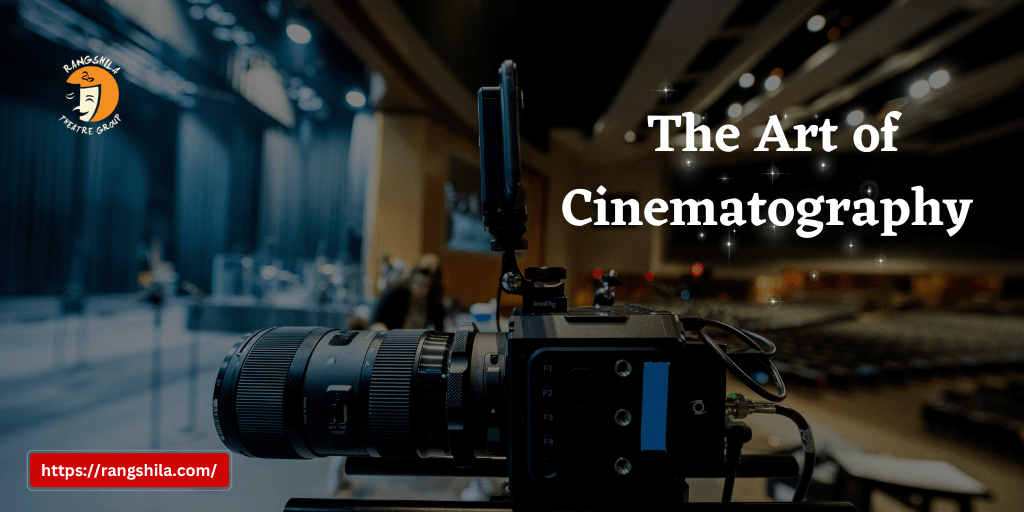Cinematography is considered the backbone of filmmaking. It involves the art of creating visual storytelling by capturing moments through a camera lens. It is an art that tries to capture the essence of human emotions and actions and convey them to an audience, making it one of the most critical aspects of filmmaking. Cinematography is often likened to painting with light, due to the careful attention to lighting, color, composition, and movement. In this post, we will delve into the art of cinematography and examine its importance in the world of film.
1. Understanding Cinematography
Cinematography involves making artistic decisions that affect the look and feel of the movie. From choosing the right camera lens, aperture, film speed, and framing, every decision made by a cinematographer has a direct impact on the overall look and emotion of a film. The art of cinematography aims to make the audience feel emotions and get immersed in the storyline.
2. Shot Composition
One significant aspect of cinematography is shot composition. Shot composition is the art of arranging visual elements within the camera frame to produce an aesthetically pleasing image. This can include the use of light, color, and shadows to convey mood and tone. Shot composition plays a vital role in the storytelling process and helps the director convey the message with visual hierarchy.
3. Lighting and Color
Lighting and color can profoundly influence the mood of a scene. Cinematographers use different lighting techniques to produce different moods and atmospheres that add to the story. For example, low-key lighting is often used to create a dark or suspenseful mood, while high-key lighting is used to create brighter and more positive atmospheres. When it comes to color, directors, and cinematographers use color grading to enhance the mood and theme of the film.
4. Movement and Camera Angles
Movement and camera angles help in conveying the emotion in a scene. The camera movement techniques such as tilt, pan, and zoom can have a significant impact on moving the audience’s focus. The cinematographer also chooses camera angles to convey specific messages. For example, low or high angles can change the perspective of the viewer and can add drama to the scene.
5. Importance of Cinematography in Film
Cinematography plays a crucial role in the storytelling process of a movie. It works hand in hand with the director, writer, and producer to create an emotionally engaging movie. Good cinematography has the ability to change the mood, create suspense, or make people laugh. When it comes to storytelling, the art of cinematography can make a film better, and bring out stories that would otherwise not have been possible.
In conclusion, cinematography is an art that requires precision, creativity, and skill to produce visuals that tell and sell stories. It is an art form that can evoke emotions and transform a movie into a work of art. The importance of cinematography cannot be overstated, as it continually pushes the boundaries of what can be achieved on the silver screen. Whether you are a filmmaker or a movie lover, the art of cinematography will continue to inspire, thrill, and amaze us all.

